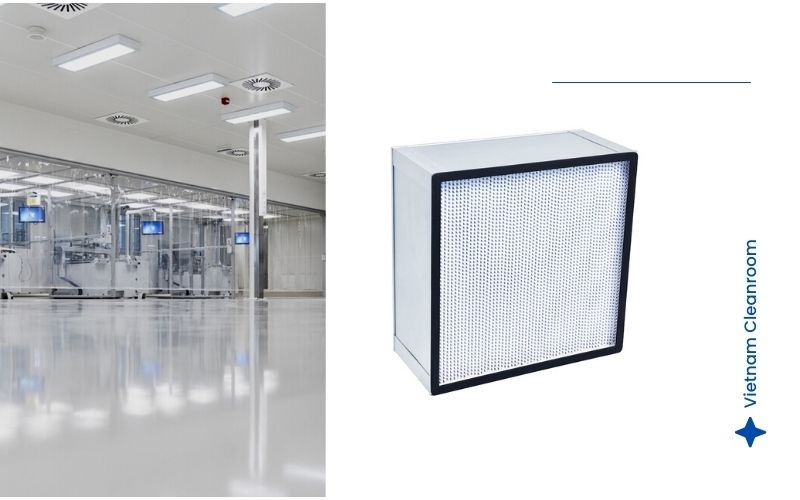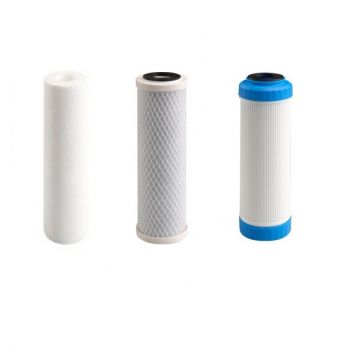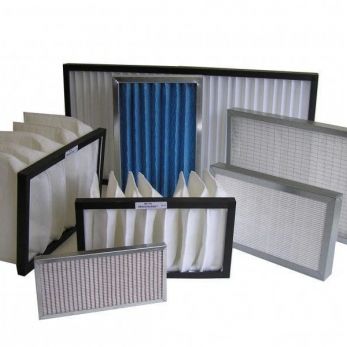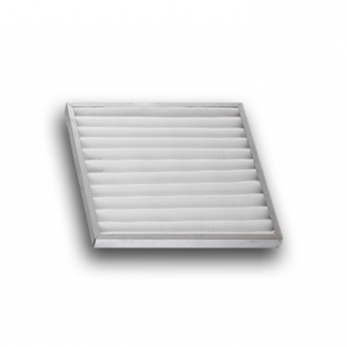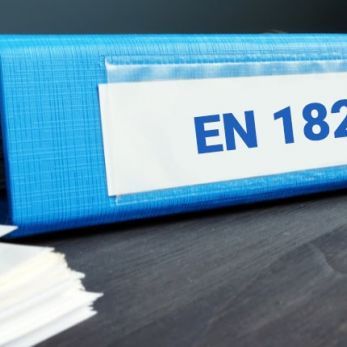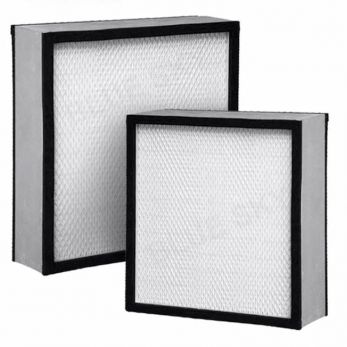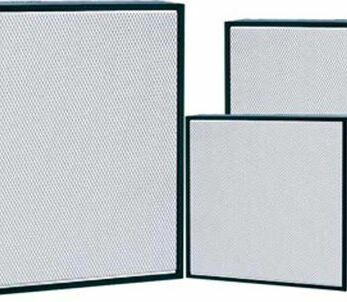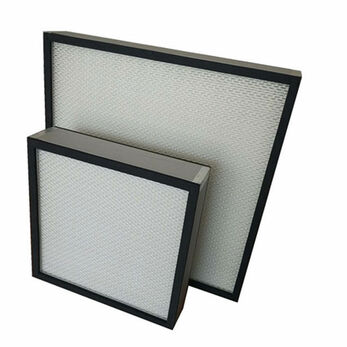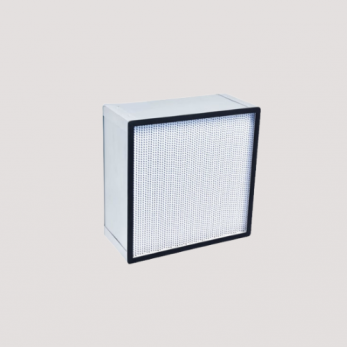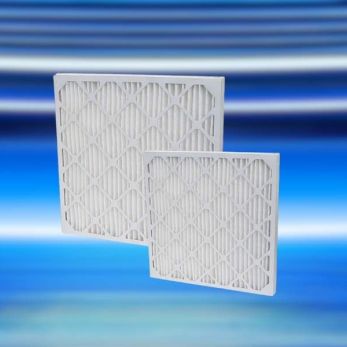HEPA filter air velocity measurement
1. HEPA filter measurement method Before detecting the air volume of the HEPA filter, you must first check whether the fan is operating normally, whether the components in the system are installed correctly, and there are no obstacles (such as whether the
1. HEPA filter air velocity measurement method
Before testing the air volume of the HEPA filter, you must first check whether the fan is operating normally, whether the components in the system are installed correctly, and if there are no obstacles (such as whether the air filter is blocked), and all valves should be fixed in a certain opening position. And you must actually measure the size of the air outlet and duct.
- For a laminar flow cleanroom, the airflow rate is determined by the method of the air change rate per hour and the room volume
Among them, the unidirectional flow (laminar flow) is measured in the horizontal section 0.8m from the ground; the horizontal unidirectional flow (laminar flow) is measured in a vertical section of 0.5m from the air supply surface.
The distance between measuring points on the section should not be greater than 2m,
The number of measuring points should be no less than 10.
The measuring points are evenly arranged.
A thermo anemometer can be used as a testing instrument.
- For a turbulent flow cleanroom, the air outlet method or the air duct method is used to determine the air supply volume.
For the tuyere where the air filter is installed, an auxiliary duct can be selected according to the tuyere form, that is, a straight pipe section with the same cross-section as the tuyere’s inner section and a length equal to 2 times the side length of the tuyere is made of hard plates and connected to the outside of the filter tuyere.
On the outlet of the air duct, evenly arrange the measuring points.
The minimum number of measuring points are 6 points.
Measure the air velocity at each point with a thermo anemometer.
HEPA filter air velocity standard:
The measured indoor average air velocity should be between 100% and 120% of the design air velocity.
The surface air velocity at the air outlet should be ≥0.35m/s.
The unevenness of air velocity should be ≤0.25m/s
2. Airflow pattern measurement
The purpose of the airflow pattern measurement is to determine the interaction between airflow and mechanical equipment under the protection of the laminar clean air system in the cleanroom and to select and improve the airflow pattern to produce the smallest turbulence and eliminate it as much as possible.
Test equipment: smoke generator, anemometer, 35mm camera or video camera
Test method: Observe and record the airflow pattern point by point by using a smoke generator or hanging a monofilament line (you can shoot if possible), and mark the flow direction on the cross-sectional diagram of the measuring point layout.
Layout of measuring points: Choose a vertical flow (laminar flow) cleanroom for vertical and horizontal sections, and one for each horizontal section with a height of 0.8m and 1.5m from the ground.
- Unidirectional flow (laminar flow) cleanroom:
Choose one vertical section and one working area height horizontal plane and three cross-sections 0.5m away from the return air wall and the center of the room. The measuring points on all surfaces are equally spaced. It is 0.2~1m.
- Turbulent airflow cleanroom:
Choose one horizontal plane through the vertical and horizontal sections of the representative air outlet center and the height of the working area.
The distance between the measuring points on the section is 0.2~0.5m, and the distance between the measuring points on the horizontal plane is 0.5~1m.
There should be a measuring point on the centerline between the tuyere.
The test should be carried out after the air handling unit or filter system is operating normally and the airflow is stable.
According to the "Air Velocity Testing Regulations", the air velocity of the air supply outlet or laminar flow purification device shall be tested to meet the specified requirements. Check the differential pressure gauge reading to confirm that the clean room's differential pressure meets the specified requirements.
+ Use a smoke generator to release visible smoke at the specified measuring points and "typical positions" (above and around where the product or raw materials are exposed in the working environment, etc.), and form a visible streamline with the airflow.
+ Observe and record the airflow pattern point by point by using a smoke generator or hanging a monofilament line (you can shoot if possible), and mark the flow direction on the sectional view of the measuring point layout.
+ Shoot down streamlines as the smoke flows through the "typical position". Smoke should be able to flow through these "typical locations" without backflow caused by air turbulence. Otherwise, adjustments should be made to the air purification regulation system, the location of the equipment in the air shower, or the placement of materials.
+ The streamline is taken when the operator enters the laminar flow protection zone for operation. During operation, the smoke should not flow back to any point of the "typical location", otherwise, regulations or measures to prevent pollution must be established.
+ Confirm whether the generated turbulence will carry pollutants from other places to the critical operating point of the pipeline. If possible, adjust the airflow to get minimal turbulence and clean quickly.
Acceptance criteria: The flow pattern of the airflow should be drawn, and the flow pattern should be analyzed and explained. 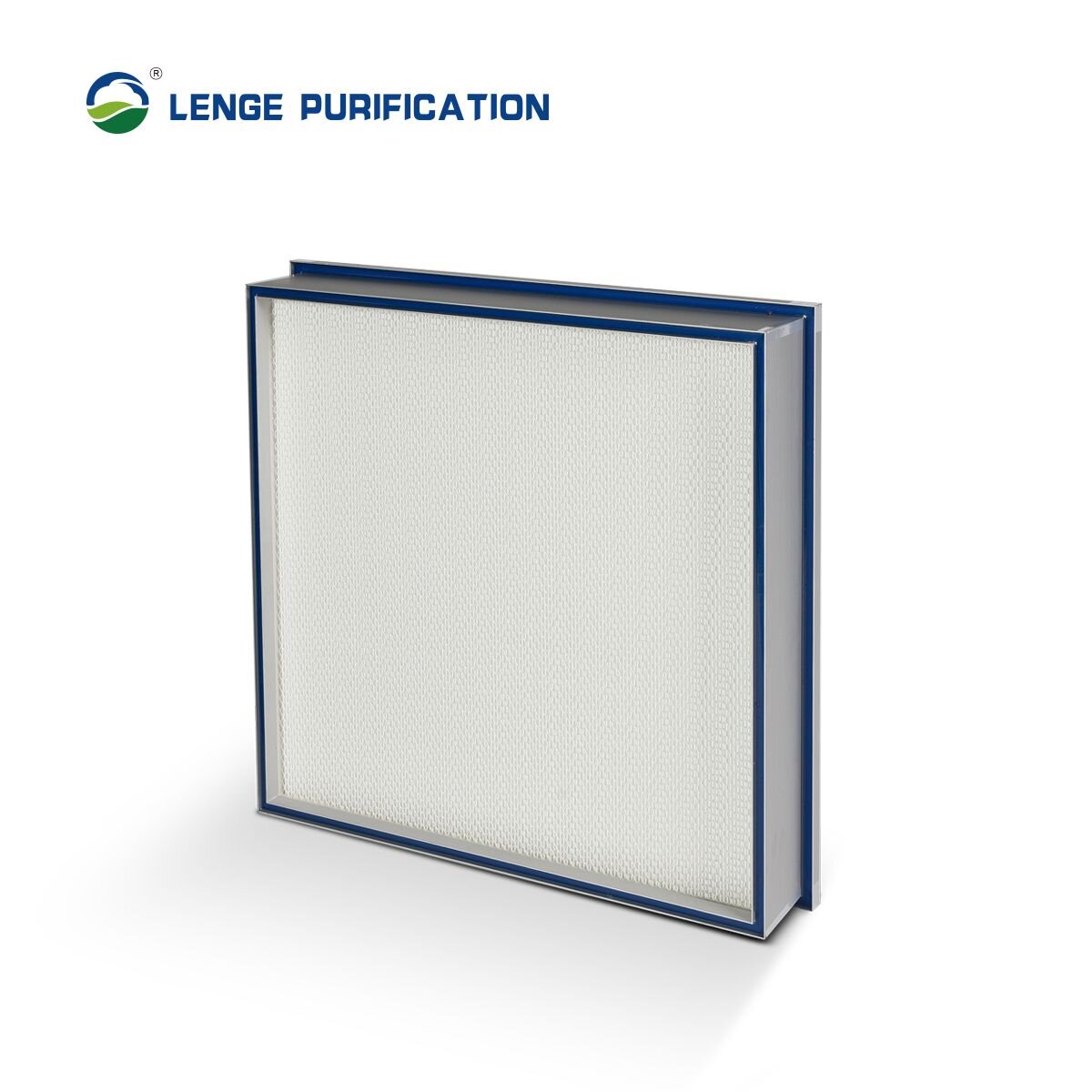
Vietnam Cleanroom Equipment (VCR) specializes in providing cleanroom equipment for construction contractors. We provide high-quality products with competitive prices and large quantities nationwide. The equipment includes:
Differential pressure gauge, FFU Fan Filter Unit, Pass box, Clean room air filter, HEPA box, Clean booth, cleanroom steel door, Isolator cabinet, and other equipment
For details, please refer to Vietnam cleanroom equipment official website
https://en.vietnamcleanroom.com






